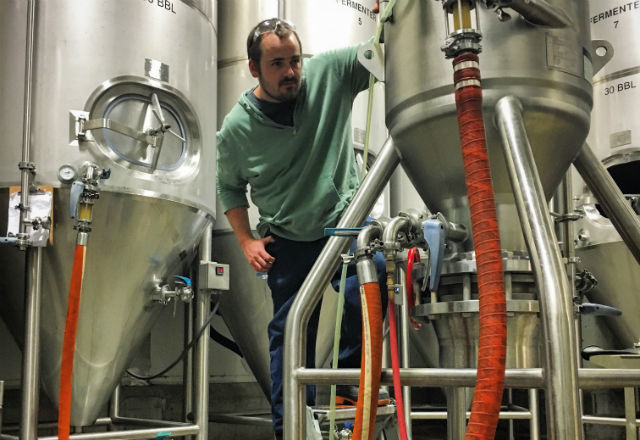
mHere at Switchback Brewing we are obsessed with doing what is best for the beer, regardless of toil and pain. However that doesn’t mean we don’t try to make our processes more brewer friendly. Our rule is any process change has to leave the beer the same or improved, no matter how “convenient” or different way may be.
Imagine making a fabulously complex and drinkable beer that requires changing the setup of your brewhouse two separate times to brew the beer and a then a third change to put it back to normal. The effect on the finished product is so unique and spectacular that there is ample motivation, but that doesn’t mean it’s not tough on the brewing staff.
The success of the beer means they have to do this more and more.
Now move on to the glorious curse of extensive dry-hopped beers. Our beers are 100-percent naturally carbonated, so we have fermenters under pressure, there is no popping open a port at the top and dropping hops in. Therefore the situation we found ourselves in was that we were either transferring over to a freshly prepared and pressurized tank or holding beer on hops at length in the bright beer tank. These were all manufacturing-flow disasters, tying up equipment and wasting time.
Our Extra Pale Ale (XPA), specifically, uses whole cone hops in the hot end, with a big late addition that gets no more than a steeping so we pull huge aroma without extracting significant bitterness. In the beginning we were converting our lauter tun into a hop back on the fly. We considered a traditional hop back, but that wasn’t going to solve our problem well enough.
Instead we formulated an idea for a dual-use device that could provide ultra-late whole cone hopping as well as a pressure holding pelletized dry hop injector. We are dry-hopping XPA, Citra-Pils, and Connector IPA, as well as a multitude of taproom exclusive beers. With the help of our main tank supplier, Paul Mueller, we designed a device that has a whole cone hop basket with a wort flow through design.
The hot wort leaves the whirlpool on its way to be chilled for fermentation, and this device is plugged in-line. Therefore the hot wort flows through the fresh hops in the device and seconds later is chilled for fermentation. As a result we capture intense late hopping aroma without extracting bitterness. It is elevated on long legs so we can easily empty the spent hops by dropping them out below, which makes it resemble the Apollo Lunar Excursion Module (LEM), inspiring its nickname here at the brewery.
This function alone would have made LEM a success, but our hope was to also use it for dry hopping finished beer. For the dry hop process we remove the whole cone screen and set LEM up for a reverse direction flow. The inlet port is designed to swirl and hydrate hop pellets into the carbonated beer stream, ultimately injecting and recirculating the hops into our pressurized tanks. Everything is done under pressure.
This LEM function has proven even more successful. Not only can we dry-hop our naturally carbonated beer under pressure, but we have found that our hop utilization is through the roof. We don’t have the lab equipment to test the oil extraction, but our sensory analysis is demonstrating that we only need about 50-60% of the hop charge to get results that are better than before. And the improved circulation and hop/beer contact also reduces the exposure time to four hours to get these results. We used to go three days.
Research from Oregon State University as well as Weihenstephan is confirming our observations.
I know that most every craft brewer is in a similar situation, and was not surprised to see many LEM wannabe’s at the Craft Brewer’s Conference this year. Some of the devices almost look as strange as our LEM! However, none of them have the capability to do both operations. Make no mistake, the final cost of LEM could have bought a Mercedes, but getting such good results makes it worth it.
Bill Cherry founded Switchback Brewing in Burlington, Vermont in 2002. In 2017, Switchback announced that it would become 100-percent employee-owned.
Share what you do at your brewery with others. Contact Editor Jon Sicotte (jon@thebrewermagazine.com) to discuss your ideas.


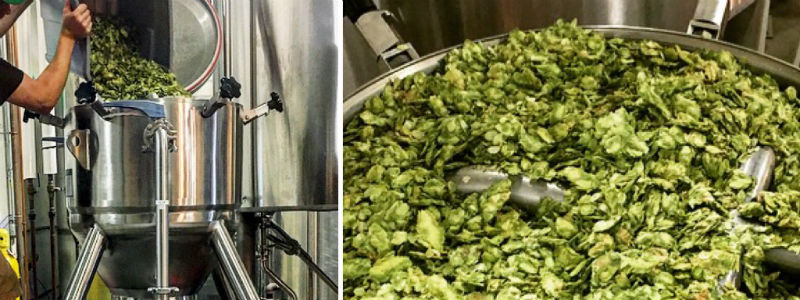

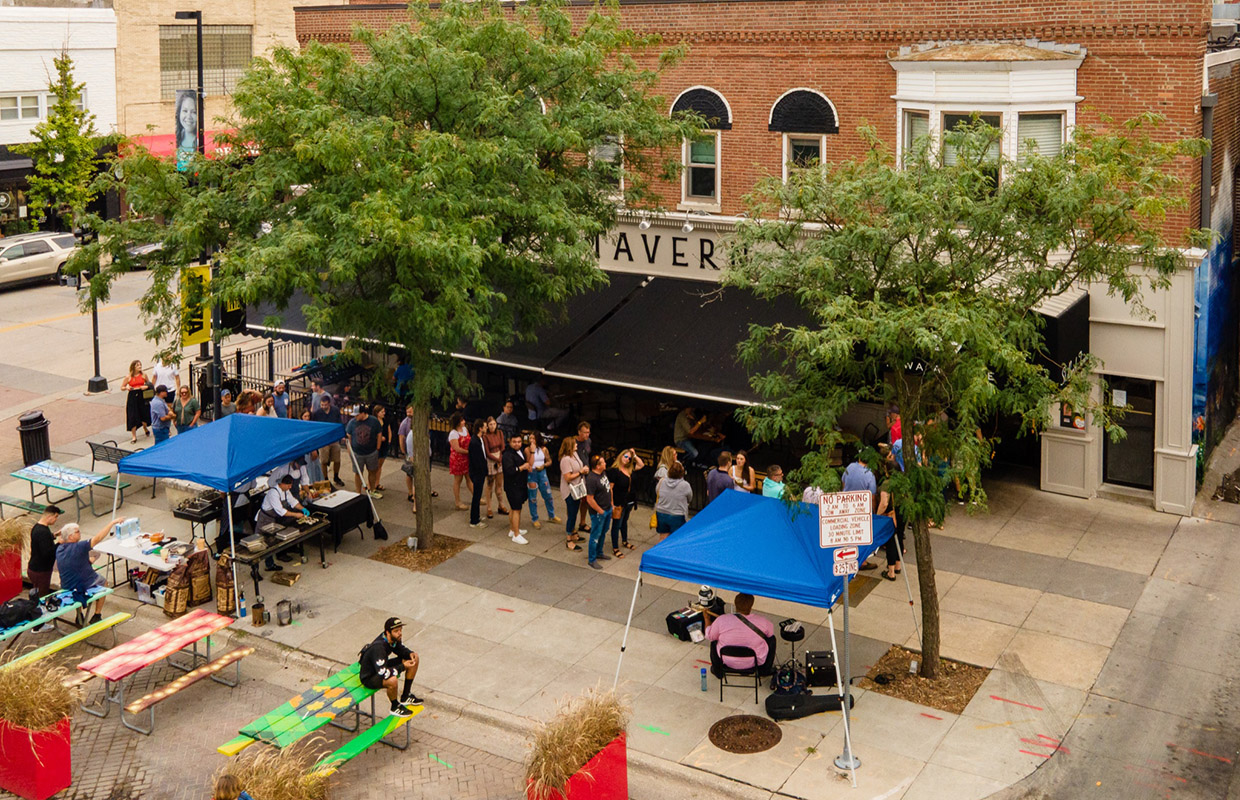
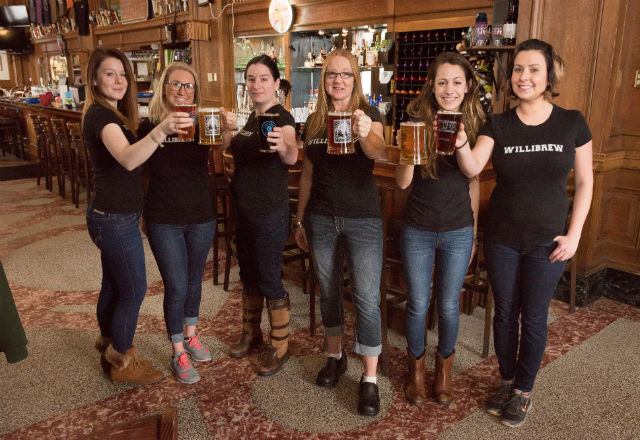
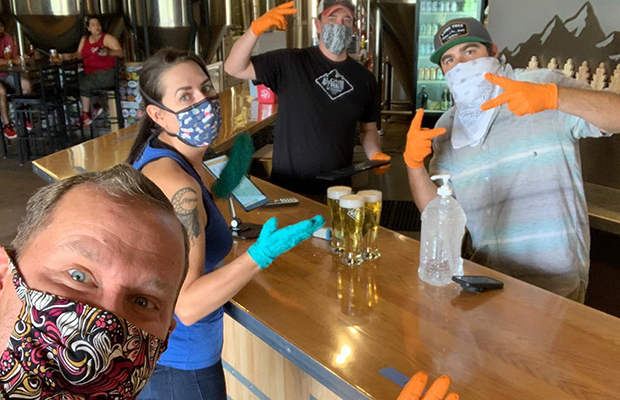
1 Trackback / Pingback